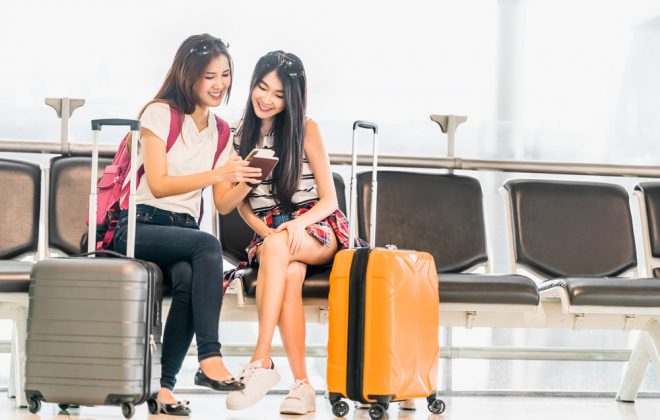A comparison of outbound tourism between Chinese and non-Chinese tourists

Most articles that are covered mainly focused on outbound Chinese travelers, but how do they compare from the rest of the outbound travelers, are they different, and how so? Using the 2017 Nielson Outbound Tourism and Consumption Trends survey this article will try to give businesses some insight into how both Chinese and non-Chinese travelers behave and consume when traveling abroad.

Destination Picking
The survey’s data shows that Chinese tourists in the middle class income bracket consider the number of tourist attractions and travel experience as a more important factor than cost of travel. In fact, the cost for travel was only the fifth concern with the atmosphere of the location ranking first, followed by safety, visa process, and feeling welcomed at the destination. On the other hand, non-Chinese tourists ranked their priorities differently with atmosphere and uniqueness of location ranking first followed by cost, safety, length of vacation, and alignment with their schedule. While non-Chinese tourists largely preferred historical landmarks and museums, 45% of Chinese tourists prefer to visit natural scenic attractions. 41% of Chinese tourists like to visit theme parks, particularly married couples born in the 1980s, who typically bring their children during holidays, as well as those born in the 1990s, who often travel with friends.

Spending Trends
With absolute cost not being the most important factor for Chinese travelers, the way they consumed goods and services in a destination was much different from their counterparts. Many Chinese tourists spent more on shopping than on accommodation or dinning. This is only true in the sense that the tourists mentioned previously are a broader range of people than the independent Chinese travelers who are actually less interested in shopping activities as mentioned in our previous articles. Among the goods or services that they payed for, cosmetics, skin care, and local specialties were the most sought out, followed by souvenirs, fashion items, and food.
When shopping, discounts and payment methods were the largest drivers of purchasing decision, both taking up 41% each. Cost was also a significant factor standing at 40% but still not as important as the aforementioned two factors. Unlike the Chinese tourist, the non-Chinese tourists were more price sensitive and focused most of their spending on accommodation. It is also important to note that despite discounts, these travelers based their purchase decision on absolute price, travel budget, and quality of product.

As outlined in previous articles, the payment method has a great impact on a Chinese tourist. This was seen throughout the 2018 October National Holiday with Alipay having a great increase in overseas transactions. Outbound Chinese tourists in all age groups were more receptive to local vendors that could provide mobile payment options such as WeChat Payor Alipay versus cash payments. While the main medium of payments was cash in Europe at 30%, the use of mobile payments has already caught up to 28% of all transactions.
Conclusively, one thing is clear. Chinese consumers are more receptive to mobile payments with 91% of respondents indicating a greater interest in spending should the overseas vendor offer it. And ShaketoWin Platform is soon announce it’s integration with our payment partner in 2019, so with the authentic content story-telling for the travels plus the easy payment, it could help our partners to gain more and more quality traffic in the coming 3 years.



